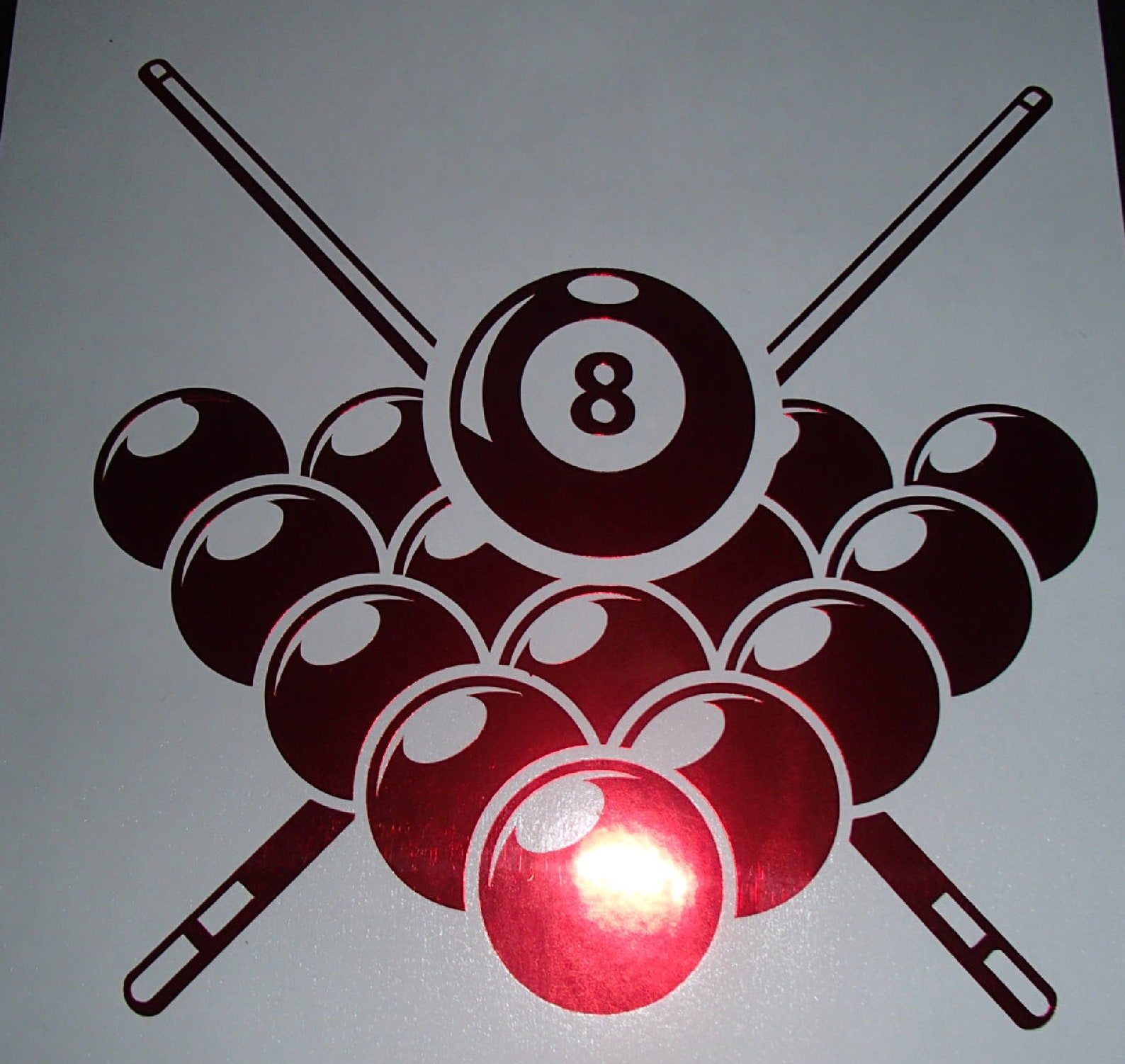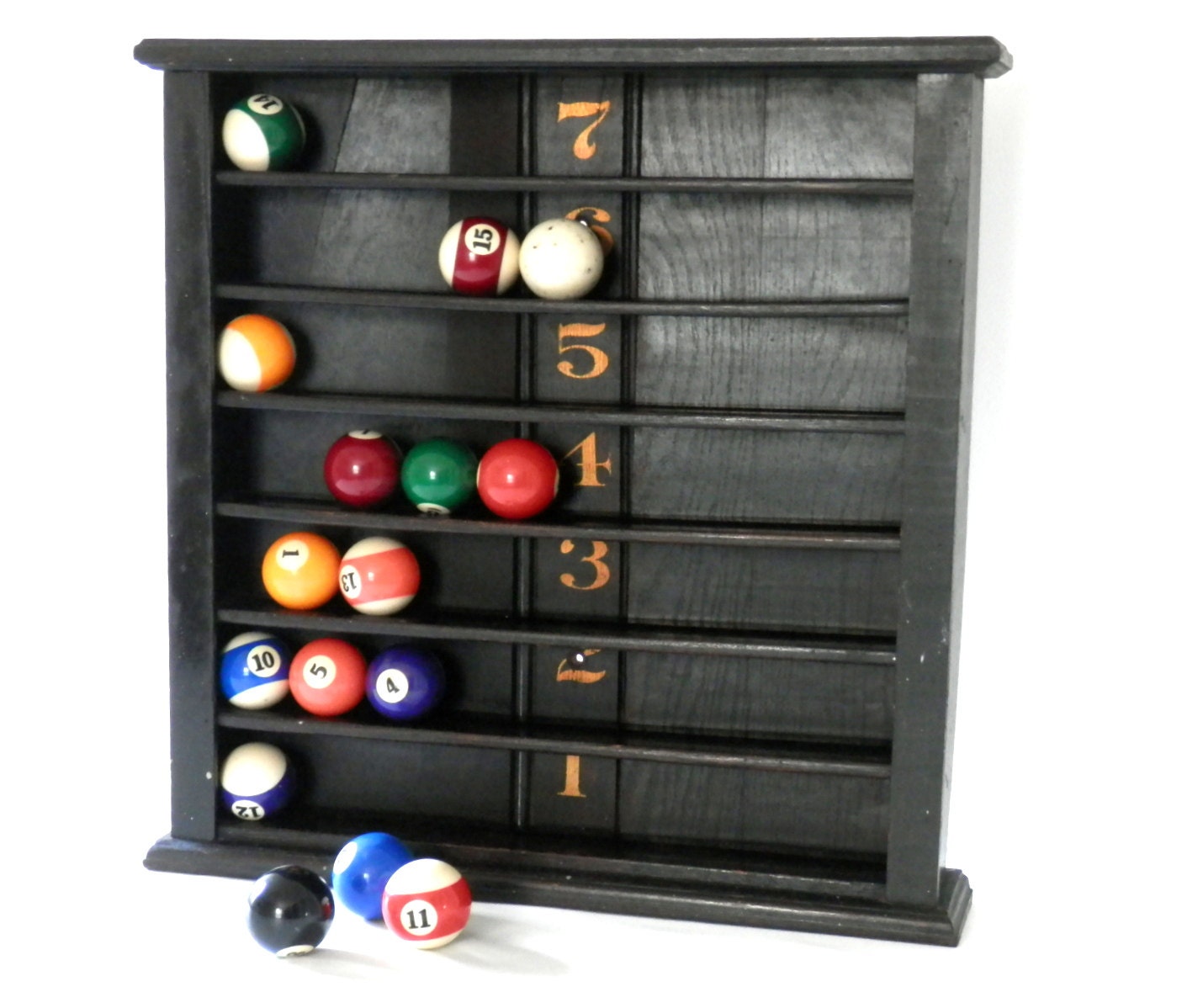
On March 19, 1954, Willie Mosconi set a record-high run of 526 points over 36 racks. In straight pool, skilled players can pot all of the balls in a single rack and continue to do so for large runs. Additional rules apply when either ball is in the position where the balls would usually be racked. At this point, the aim is to pot the remaining ball and carom into the pack of balls, allowing a shot on the next ball to continue the run. These intra-game racks have a specific set of rules when the rack is supposed to be replaced, if neither the cue ball nor the object ball remain in the rack area, the balls are replaced with no ball at the apex. The unique feature of straight pool is the racking that is played when one ball remains. An object ball is to the left of the racked balls. All other fouls made during the game incur a one-point deduction, and a player incurs an additional 15-point penalty for committing three consecutive fouls.

In addition, the opponent has the choice of either accepting the table in position or of having the balls re-racked and requiring the offending player to repeat the opening break. Fouling on the initial break incurs a penalty loss of two points. The failure to accomplish either of these conditions results in a foul. On the break, either the cue ball and two other balls must touch a rail, or have a ball pocketed. Some shots, such as caroms and combinations, do not have to be called. All shots-including the break shot-in straight pool require nomination, in which both the ball and pocket are called before the shot is taken. Unlike most pool games, the object of straight pool's standard initial break shot is to leave the opponent without the chance to pot a ball. Other balls are placed at random and must touch adjacent balls. Traditionally the 1 ball is placed at the rack's right corner and the 5 ball is placed at the rack's left corner for visibility, though there is no such rule requirement. In straight pool's first frame, the fifteen object balls are racked with the center of the apex ball placed over the foot spot. The game quickly overtook continuous pool in popularity and was the most-played version of pool until Nine-ball and Eight-ball became popular. This new game became known as "14.1 continuous" and "14.1 rack", and in 1912 it became known as straight pool. He introduced the modern rule that the object balls are re-racked not when all have been pocketed but after 14 have been sunk and one remains on the table. In 1910, Jerome Keogh, who won numerous continuous pool tournaments, wanted to increase the attacking nature from the break-off shot. As players became skilled in scoring dozens of points in a single turn, they would often use defensive shots on the break to avoid their opponent potting the 15 balls on the table. When all of the balls are potted, a new rack begins and the player who potted the final ball plays the break. Straight pool is derived from an earlier game called continuous pool, in which points are earned for every ball that is potted. History Jerome Keogh invented the game in 1910. The game is currently represented at a continental level in events such as the American 14.1 Straight Pool Championship and the European Pool Championship's straight pool event. The modern incarnation was held from 2006 until ending in 2010. The World Straight Pool Championship was held from 1912 until 1990. The game was most popular in the United States and is notably played in the 1961 film The Hustler. One point is scored by pocketing an object ball without a foul, while a point is deducted on a foul.
8 ball billiards rack professional#
The goal is to reach a set number of points that is determined by agreement before the game begins traditionally 100 points is needed for a win, though professional matches may be higher. At this point, play resumes with the objective of pocketing the remaining ball in a manner that causes the cue ball to carom into the rack, spreading out the balls and allowing the player to continue the run.

In straight pool, the player may call and attempt to pocket any object ball on the table regardless of its number or color until only one object ball and the cue ball remain, at which point the other fourteen balls are re-racked. The game was the primary version of pool played in professional competition until it was superseded by faster-playing games like nine-ball and eight-ball in the 1980s.

Straight pool, which is also called 14.1 continuous and 14.1 rack, is a cue sport in which two competing players attempt to pot as many billiard balls as possible without playing a foul. A traditional straight pool rack with the 1 and 5 balls at the bottom corners, and all other balls placed randomly


 0 kommentar(er)
0 kommentar(er)
